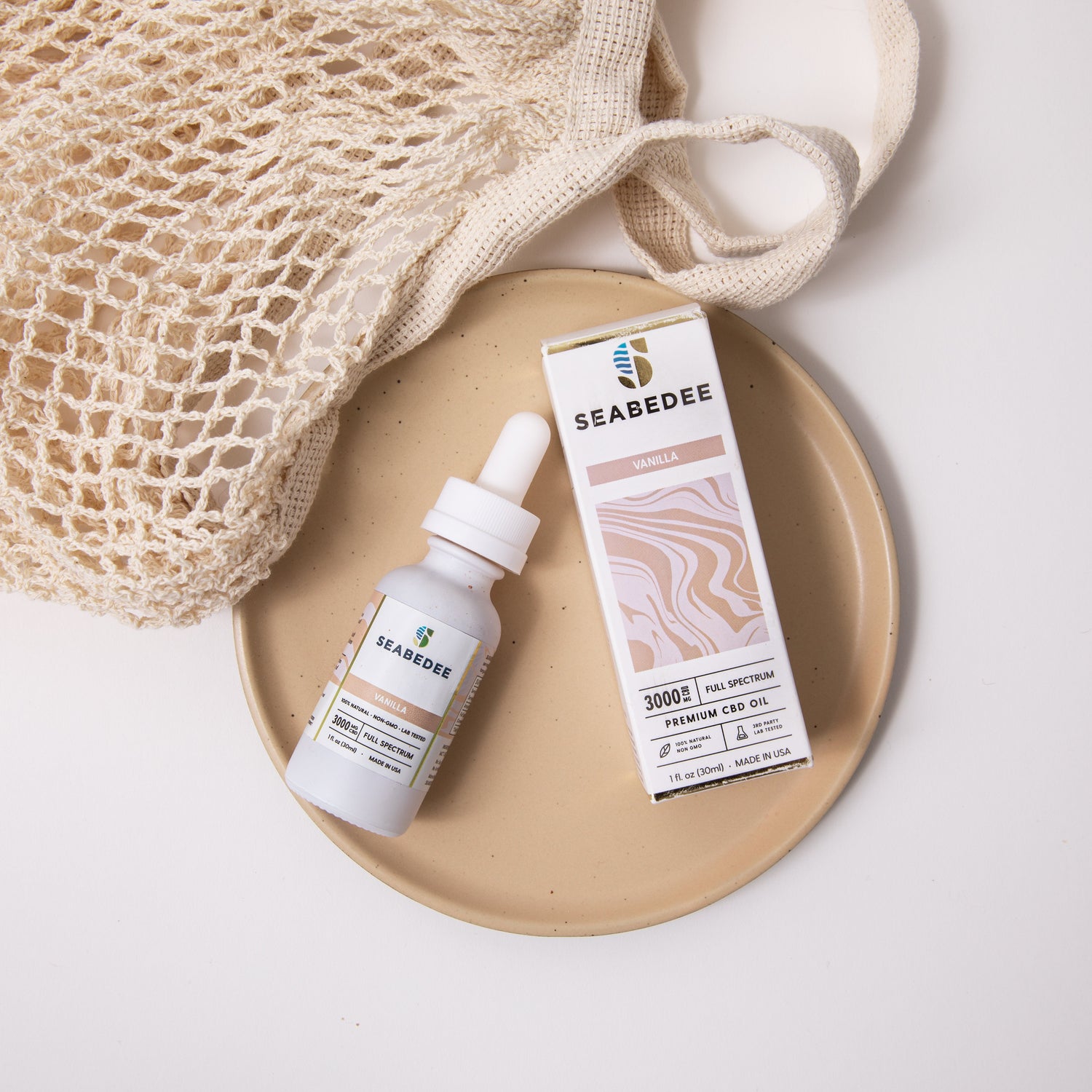Fibromyalgia & CBD: "I Have More Good Days Than Bad"
It took Andrea a year and a half of doctor visits to get a diagnosis of fibromyalgia, an often debilitating disorder that includes widespread musculoskeletal pain along with fatigue and sleep, memory and mood issues.
“’It’s all in your head,’” the now 47-year-old photographer was told by doctors. “‘It could be a virus,’ they said. They really didn’t know.”
When the diagnosis was finally made, treatment was a hit-or-miss process of finding what would work to mitigate the pain that was a result of the brain interpreting just about everything as pain. It was not something that everyday analgesics could fix.
“First,” Andrea recalls, “my GP had me on a couple of things. Since I also had migraines, she gave me amitriptyline. The amitriptyline worked really well for the migraines, but nothing helped the pain from the fibromyalgia.”
Next stop was a rheumatologist who prescribed what were then the standard medications for treatment of fibromyalgia. Andrea harbors no fond memories of those days. “They were brutal on me,” she says of the medications. “They destroyed my entire system. One made the pain worse. One just made me sick. One shut down my entire digestive system. I couldn’t eat for two weeks.”
That is when the rheumatologist ventured beyond traditional medicine and referred her to a specialist who was well-versed in the emerging field of medical marijuana and CBD. He introduced her to CBD.
“I was not sold, at first, but I was open to it,” she says. “When you wake up with fibromyalgia, it feels like being hit by a truck. I knew CBD wouldn’t necessarily cure my fibromyalgia, but that it would help. At that point, I was, like, bring it on. I would try anything. And I was surprised that it did help as much as it did. I started taking the CBD in the morning, and it was like a jump-start.”

Her husband also noticed the change right away. She was perkier in the morning, easier to get going, more relaxed at night. “It sucks when your loved one is curled up in pain for days on end,” she says with a grimace. “I felt bad because it was a stress on the relationship.”
Andrea says that her CBD treatment is not a cure-all, but it has been successful in putting the pain “in the background.” She leads a life today far closer to normal than she had believed possible. Not only is CDB proving to be a boon to her marriage, but it has also enabled her to do the large-scale photo shoots for which she is known.
“With the kinds of shoots that I do, there is a lot of money riding on a very narrow window,” she explains. “You have to be there and be on it. When you’re in pain, you’re not making the decisions that you should. You feel less up to it, and you feel like you’re not doing the job. It’s not reassuring. Now, when I do a huge project, I adjust my levels of CBD. If things are going good, I keep it low.”
There is no cure for fibromyalgia. It is a chronic disorder that demands acceptance on the part of the sufferer, even as the proper treatment is pursued. It is debilitating, but thanks to more advanced and specific diagnoses, the pain, in many cases, is becoming bearable, at least.
‘I went from being curled up in pain maybe two weeks out of the month, unable to function, trying every pain killer,” Andrea recalls. “I tried CBD and it wasn’t like a black-and-white thing. But it slowly shifted, so I could manage. When the pain becomes bearable, everything becomes easier to deal with. I get the exercise I need, and that makes me feel even better and gives me the energy to cook the right kinds of meals for those of us with fibromyalgia. And the CBD has noticeably increased the quality of my sleep.”
In the end, Andrea’s life has improved significantly since hearing “it’s all in your head.”
“These days,” she says, “I have two staples in my toolkit: amitriptyline for migraines and CBD for the fibromyalgia. And now I have a lot more good days than bad days.”




